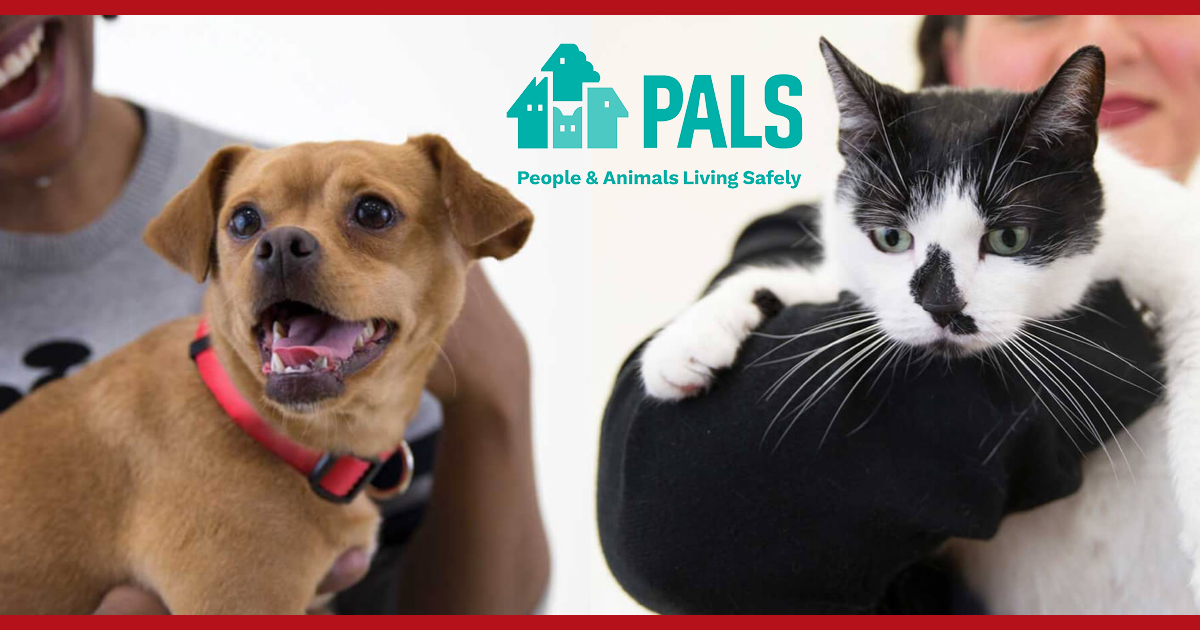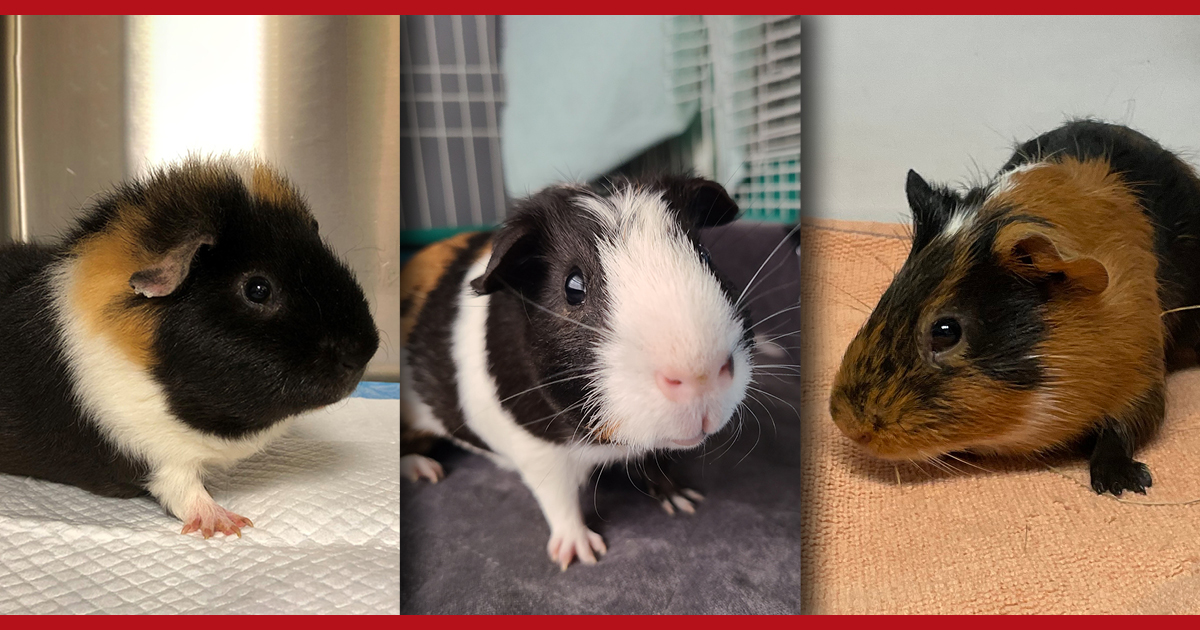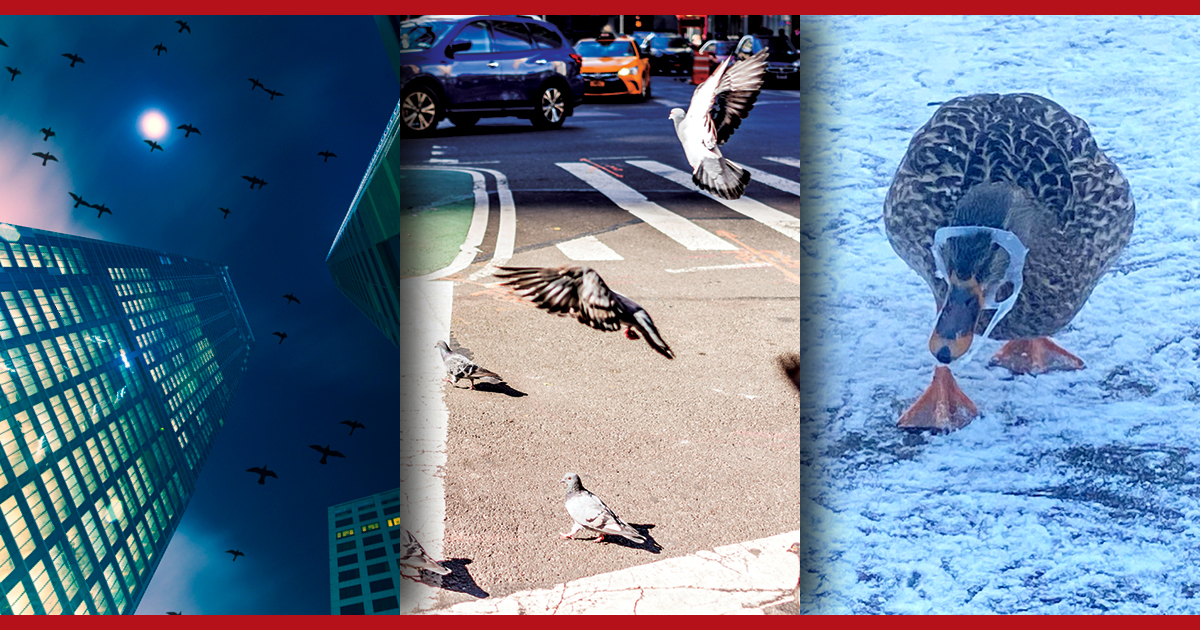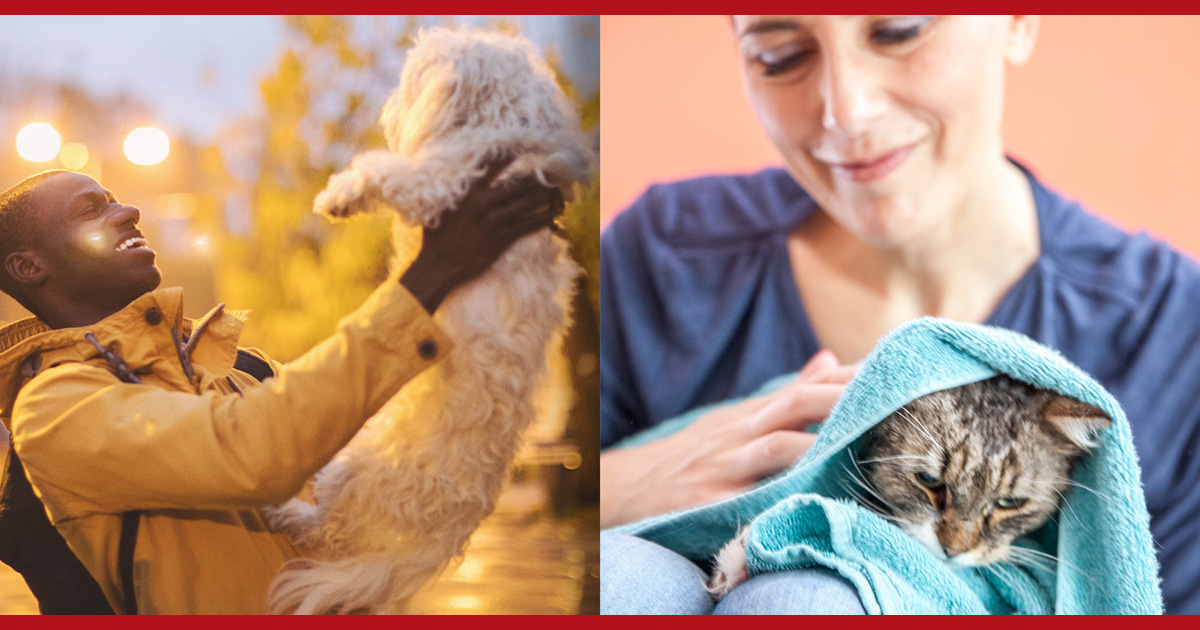
Domestic Violence Survivors with Pets Get New Pet Park at URI Residence
Urban Resource Institute (URI) has announced plans to create a new outdoor pet park at Brighter Days shelter, in Queens, with a grant from the Banfield Foundation.


Urban Resource Institute (URI) has announced plans to create a new outdoor pet park at Brighter Days shelter, in Queens, with a grant from the Banfield Foundation.

If you’re thinking about adopting a guinea pig, here is want to consider about their care.

Rabbits are not the ideal pets for everyone. They require particular kind of care in a safe environment. But if you love rabbits and are willing to care for them properly, you’re in for a rewarding adventure.

Birds face many perils in urban environments. Human behaviors cause many of these dangers. And New York City is a microcosm of the global threat to bird populations.

The holidays are a great time to give to the Mayor’s Alliance for NYC Animals.

Three reasons why National Senior Pet Month is a good time to open your home to a senior pet.

Cats worldwide are under attack. Governments and lawmakers continue to enact legislation that supports animal control practices that trap and kill thousands of cats around the globe.

Hurricane season is far from over, which creates a season that demands greater awareness and preparation for people with pets.

For DV victims with pets, choices can be more distressing if they don’t have options for their pets.

Maddie’s Fund honored Lila Miller, Doctor of Veterinary Medicine (DVM), with 2021 Avanzino Leadership Award.

Alley Cat Allies and other advocacy groups have helped people understand that every cat has intrinsic value, whether living inside or outside. They deserve to live out their lives to the fullest, without the threat of being rounded up and killed.

Mayor’s Alliance Fills Transport Gaps to Assist Humane Society of New York and NYC Animal Care Center.